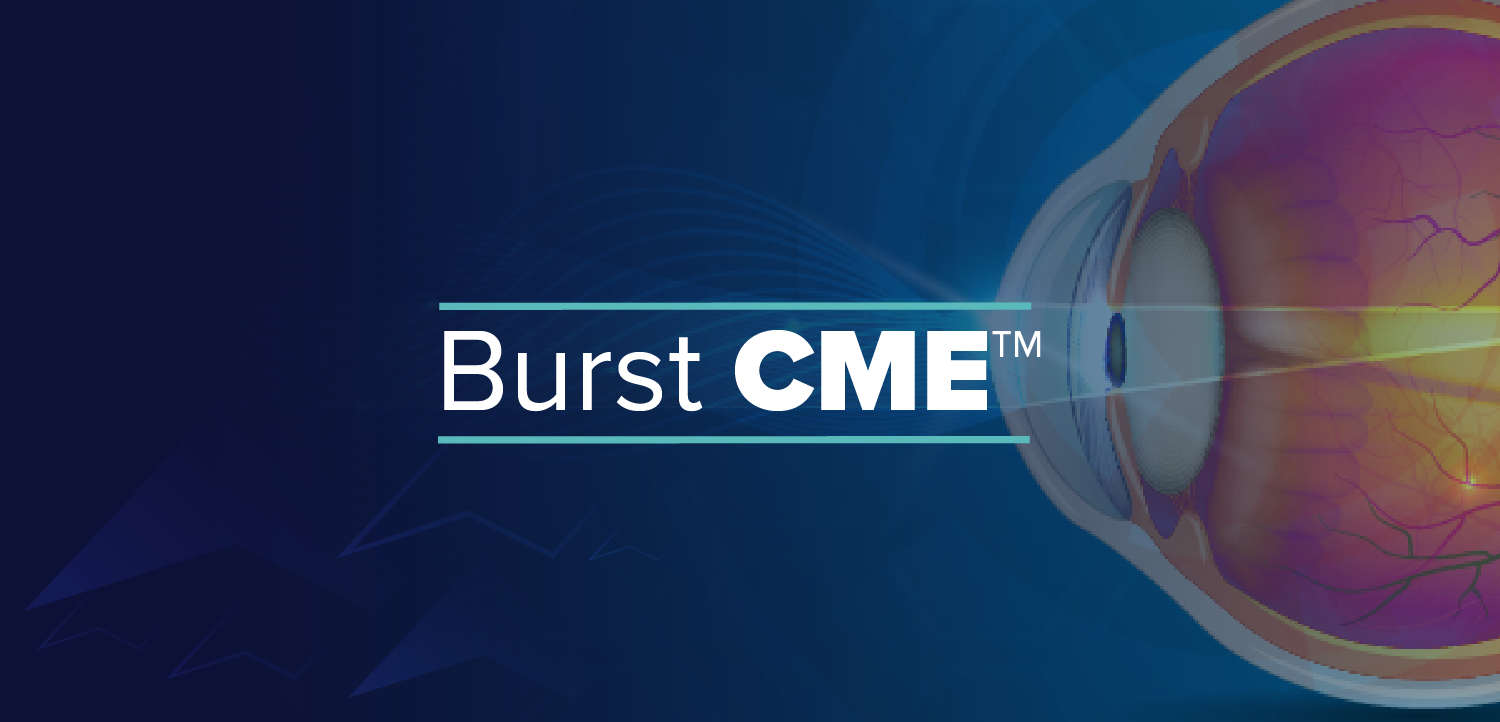
Spectral-domain optical coherence tomography enables clinical assessment of photoreceptor integrity
New spectral-domain optical coherence tomography technology allows visualization of the junction of the inner and outer segments of the photoreceptors. Assessment of the photoreceptor integrity line in eyes with and without disorders of the outer retina indicates it is a useful biomarker for photoreceptor impairment.
Key Points
New York-Assessment of the photoreceptor integrity line (PIL) in images obtained with spectral-domain optical coherence tomography (SD-OCT) provides extremely useful information for evaluating patients with reduced vision, said Jerome Sherman, OD, FAAO.
The PIL represents the junction of the inner and outer segments of the photoreceptors. It likely appears on SD-OCT images as a reflection due to the difference in index of refraction between the inner and outer segments of the photoreceptors.
Dr. Sherman said that he has used several different SD-OCT platforms to examine the PIL in approximately 50 eyes with known retinal disorders and about 750 eyes without retinal disorders. These eyes represented approximately 40 different conditions involving the outer retina. The PIL was consistently abnormal-either thin, disorganized, discontinuous, or absent-in eyes with outer retinal disease. It was normal in all eyes without retinal pathology, including the unaffected fellow eyes of patients with unilateral retinal disease.
"Our findings with SD-OCT indicate that the PIL is a very accurate biomarker for the integrity of the photoreceptors, both rods and cones, and allows eye-care professionals to assess in a quick and easy exam whether reduced vision is due to photoreceptor impairment," he said.
Procedures, platforms
The findings on SD-OCT also have been compared with the results of standard procedures of visual function, including testing with the Amsler grid, visual acuity charts, central visual fields, and multifocal electroretinography. In virtually every case, there was high concordance between the results of those assessments and those of SD OCT-based analysis of the PIL, Dr. Sherman said.
"Photoreceptor function can be evaluated with multifocal electroretinogram, but the necessary equipment is available in less than 1% of offices of optometrists and ophthalmologists. In contrast, SD-OCT is becoming widely available in private practices," he said. "Within the first 16 months after this technology was first introduced onto the market, more than 2,000 units were sold. With these systems, clinicians now have a way to easily obtain information about the first neuron of the entire visual pathway."
Clinicians who already have an SD-OCT unit can go back and analyze archived images to evaluate the PIL, Dr. Sherman added.
Analysis of the PIL may be especially useful to clinicians in enabling diagnosis of occult retinal disorders, such as acute zonal occult outer retinopathy (AZOOR), that are not detectable through ophthalmoscopy, he said. It, therefore, would allow these patients to avoid further expensive and unnecessary neurological consultation and imaging procedures, such as magnetic resonance imaging.
In addition to its role in disease detection and differential diagnosis, analysis of the PIL with SD-OCT may be useful for monitoring treatment response, Dr. Sherman said. Evidence exists that in eyes with autoimmune disorders, perhaps such as AZOOR, where the PIL is disorganized, improvement can occur with appropriate treatment and correlates with changes in standard tests of visual function, he said.
So far, Dr. Sherman said, he has used three different SD-OCT platforms (3D OCT-1000, Topcon; Cirrus HD-OCT, Carl Zeiss Meditec; Spectralis, Heidelberg Engineering) to examine the PIL. The findings were similar with all instruments, he said.
"While there are other commercially available SD-OCT units that we have not evaluated, it appears that SD-OCT imaging of the PIL is not an instrument-specific finding. We have every reason to believe any manufacturer's system can be used for its identification and characterization," Dr. Sherman said.
Newsletter
Want more insights like this? Subscribe to Optometry Times and get clinical pearls and practice tips delivered straight to your inbox.



















































.png)


